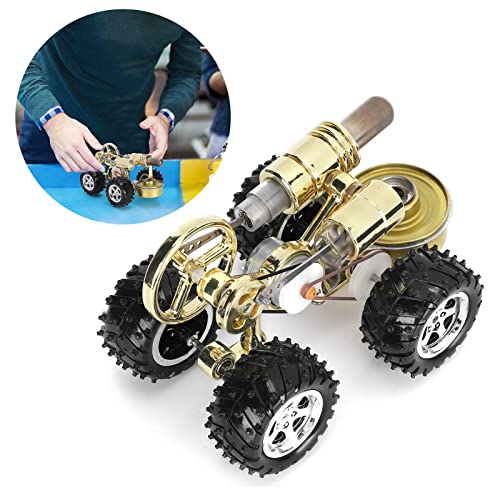goldstar31
Well-Known Member
The history of the ML series of lathes suggests that Myford was no different than all the many lathe sellers in the 1930's and who obviously had to produce lathes- at a price. We know from publications from highly authorative writers like Sparey that one of the dominant features in his Amateurs Lathe book that much concerns making new spindles. Again we know that one way of taking up wear was to remove the shims on single clamped cast iron headstocks - and note the adverts for brazed up headstocks! Things improved somewhat with the introduction of phosphor bronze bearings but the records in Model Engineer show that Cleeve replaced the bearings on his ML4 - on an Annual Basis! He and many others noted that Myford had changed the bearings after the war to available lead indium bearings from Glacier-- along with hardened spindles that-- err, couldn't be machines easily. They were lubricated not by silly little oilers that were a relict of penny farthing push bikes but by bloody big sight glass drip feeders. They are still being supplied by RDG amongst others. The ML7 was a light year improvement but there were more available and better ball races which were even imported at vast risk in the bellies of Mosquito bombers. I recall that such steel even in the 1960's that things were so short that wheel bearings were made with half cages and attempts were made to utilise plastics. I knocked wheel bearings out and replaced them on an annual basis on my tuned Mini Cooper! The Myford Super 7 lathe came with a relatively massive bronze front bearing and spindle lubricated with NUTO 32 oil which was only SAE32 hydraulic oil. The remaining spindle bearings were opposed ball races and lubricated with SAE 30 motor oil.
But and I have done my homework carefully as possible, the 7" swing Myford lathe is doing no more than what the earlier machines attempted- and as I have said- were inadequate for the tasks which remain unchanged.
Today, Myford as we knew it is no more. Whatever the full reasons were for its demise, it cannot compete with other competitors. Today people are deluding themselves in failing to accept just how overwhelming today's completion is.
As far as I am concerned, history teaches many things but is best experienced from the comfort of one's arm chair.
It in a workshop? Get real!
Norm
But and I have done my homework carefully as possible, the 7" swing Myford lathe is doing no more than what the earlier machines attempted- and as I have said- were inadequate for the tasks which remain unchanged.
Today, Myford as we knew it is no more. Whatever the full reasons were for its demise, it cannot compete with other competitors. Today people are deluding themselves in failing to accept just how overwhelming today's completion is.
As far as I am concerned, history teaches many things but is best experienced from the comfort of one's arm chair.
It in a workshop? Get real!
Norm






























![MeshMagic 3D Free 3D Modeling Software [Download]](https://m.media-amazon.com/images/I/B1U+p8ewjGS._SL500_.png)






















![DreamPlan Home Design and Landscaping Software Free for Windows [PC Download]](https://m.media-amazon.com/images/I/51kvZH2dVLL._SL500_.jpg)







